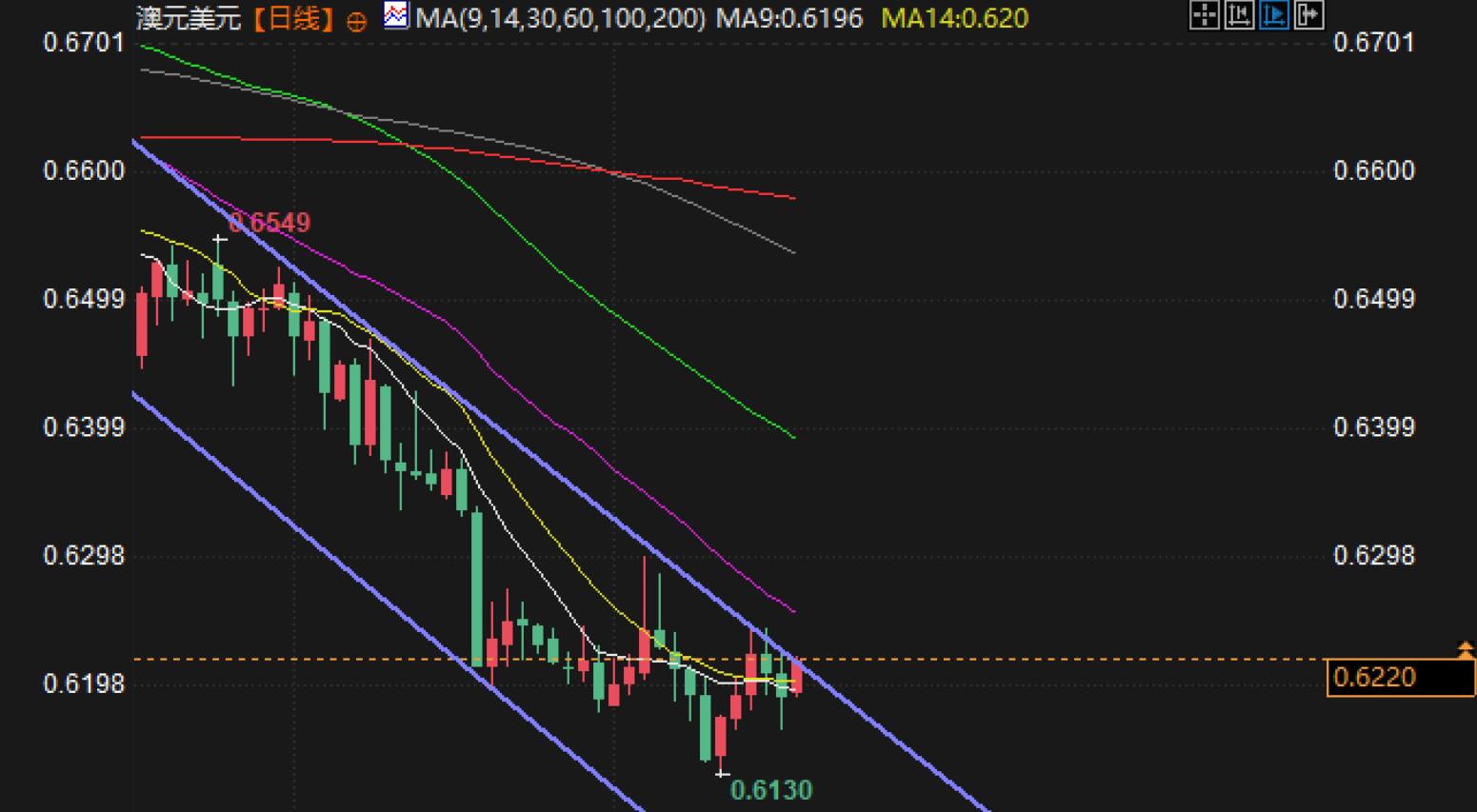Foreign exchange analysis: Is the Australian dollar about to leave the downward channel?
The Australian dollar has been supported by rising metal prices recently, but the strength of the US dollar and market caution towards Trump's policies may bring pressure. The expectation of the Reserve Bank of Australia cutting interest rates has increased, and if inflation data is lower than expected, it may exacerbate the downside risk of the Australian dollar. From a technical perspective, the Australian dollar/US dollar is facing a short-term resistance of 0.6230, making it difficult to break through. The RSI bearish signal suggests limited upward potential in the short term. The market is paying attention to Australia's inflation report and global economic changes.
Fundamental analysis
The rise in metal prices supports the Australian dollar
The rise of the Australian dollar is supported by the increase in metal prices. As a resource-based currency, the performance of the Australian dollar is often closely related to commodity prices, especially metal prices. When metal prices rise, mineral resources, as one of the main export products, have a positive impact on the Australian economy, thereby supporting the Australian dollar.
Market's cautious sentiment
Despite the rebound of the Australian dollar, the strength of the US dollar may still bring some pressure to the Australian dollar. The market has shown cautious sentiment towards Trump's policies after taking office, especially his proposed tariffs, extended tax cuts, and tough immigration policies, which may lead to increased uncertainty in the market and drive up demand for the US dollar. In addition, the rise in the yield of US treasury bond bonds has also increased the attractiveness of the US dollar, especially in the market's expectation of Trump's policy changes.
The Policy Expectations of the Reserve Bank of Australia
Despite the recent rebound of the Australian dollar, market expectations continue to rise that the Reserve Bank of Australia may start cutting interest rates in the coming months. The market is closely monitoring the Australian quarterly inflation report to be released next week, which will provide clues for the future direction of interest rates. If inflation data is lower than expected, it may further enhance market expectations for the Reserve Bank of Australia to cut interest rates, thereby putting downward pressure on the Australian dollar.
Technical analyst interpretation:
From a technical perspective, during the European trading session on Monday (January 20th), AUD/USD traded around 0.62, attempting to break through the downward channel on the daily chart. If successfully broken through, it may weaken the current downward trend. However, the relative strength index (RSI) remained below 50 on the 14th, indicating an overall bearish trend in the market, and the Australian dollar may find it difficult to achieve sustained gains in the short term.

Tips:This page came from Internet, which is not standing for FXCUE opinions of this website.
Statement:Contact us if the content violates the law or your rights
